Economic Prosperity, OEM Demand Driving Tyre Volumes: Arun Mammen
- By Sharad Matade & Gaurav Nandi
- March 11, 2025
MRF continues to lead the tyre industry with a strong focus on quality, innovation and customer satisfaction. With a presence in over 70 countries, MRF’s dominance spans across categories including commercial vehicles, two-wheelers, electric vehicles (EVs) and aircraft tyres. As India’s economic growth drives increased demand for commercial vehicles, MRF capitalises on this shift towards larger trucks and the expanding EV market. Additionally, the company’s technological prowess is evident in its supply of defence aircraft tyres. Despite challenges like rising rubber prices, MRF’s commitment to development and sustainable practices ensures its continued growth and global expansion.
MRF Vice Chairman and Managing Director Arun Mammen opined that India’s economic prosperity is leading to a demand for original equipment, which in turn is driving the volumes for commercial vehicle tyres upwards. Speaking to Tyre Trends on the sidelines of the Bharat Mobility Global Expo 2025, Mammen noted, “The commercial vehicle tyre segment is primarily driven by OEM demand. India’s economic performance is increasing commercial activity, leading to a higher number of trucks being sold. A notable trend in this segment is the shift towards larger trucks. This shift is primarily due to improved road infrastructure. Additionally, these trends see tyre volumes grow even in the replacement market.”
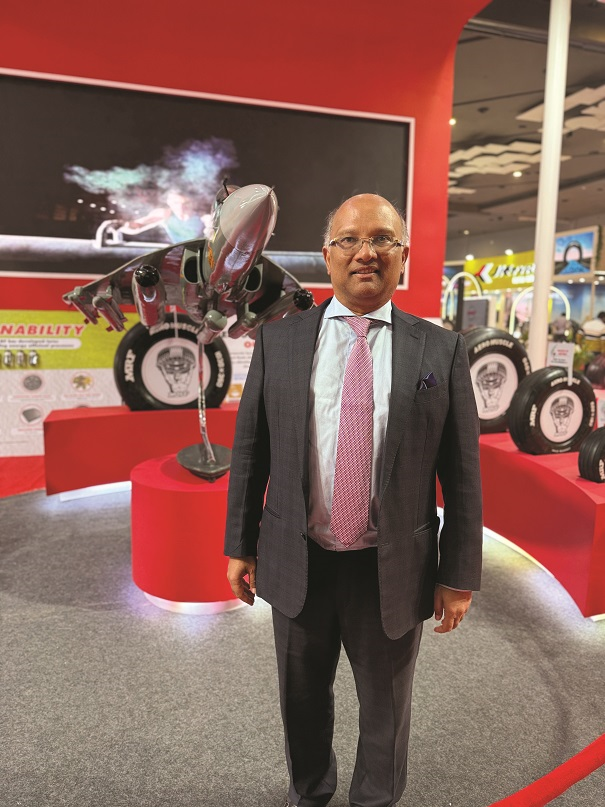
He added, “Government policies over the last 5–6 years have also played a crucial role in shaping the industry. The transition from BS4 to BS6, changes in axle load norms and various other regulatory developments have influenced tyre design and performance requirements. We have remained ahead of these changes, ensuring our products fully comply with government guidelines.”
The company theme for this year at the expo was ‘Muscle in Motion’, which highlighted MRF’s leadership, technology, innovation and sustainability.
MRF has been a leader in the tyre industry for 37 years, covering all categories. The executive noted that while competition was close in some segments, the company continued to have a leading position in tractors, trucks, light commercial vehicles, commercial vehicles and three-wheeler tyre segments. Its market leadership was further reinforced by its financial performance in FY 2023-24 with turnover of over INR 250 billion.
The company is experiencing double-digit growth, particularly in the first half of CY25, while most of the industry had struggled to achieve similar momentum. “We have consistently grown across all tyre categories including infrastructure, farm, two-wheeler and truck tyres,” revealed Mammen.
“Our ability to maintain market dominance for nearly four decades is rooted in a simple yet powerful philosophy, which is quality, customer focus and continuous innovation. We prioritise understanding customer needs and delivering better-thanexpected performance. This relentless pursuit of excellence ensures that we provide the best value for money,” said the official.
EXPANDING PORTFOLIO
A recent media report mentioned that MRF is seeing significant progress in the EV tyre segment, covering both OEM supply and the replacement market.
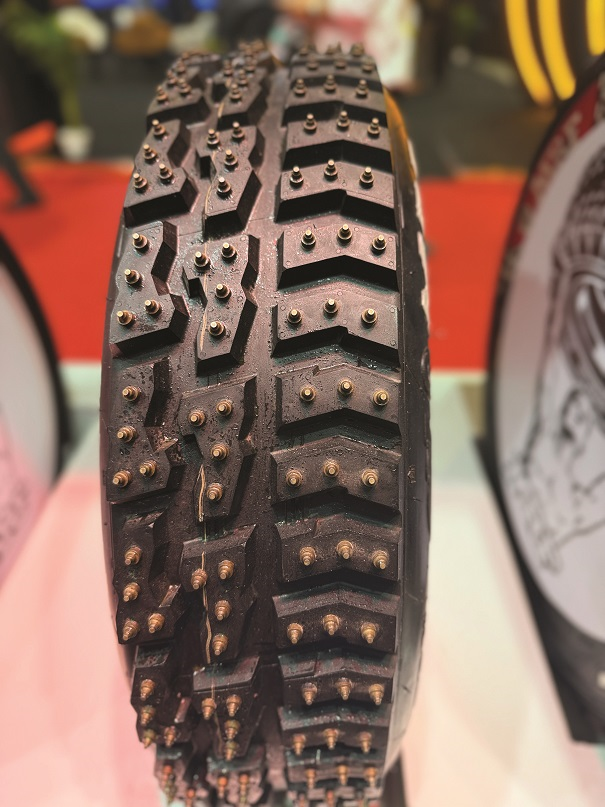 Exuding confidence for its EV tyre portfolio with the evolving automobile space in India, Mammen noted, “We are actively innovating in this space and a great example is our new EV tyre, recently supplied to Mahindra for its latest EV launch. This tyre incorporates a unique foam technology that significantly reduces noise, offering a quieter and more comfortable driving experience. With the growing adoption of electric vehicles, such advancements are crucial as EVs inherently produce less mechanical noise, making tyre noise reduction even more essential.”
Exuding confidence for its EV tyre portfolio with the evolving automobile space in India, Mammen noted, “We are actively innovating in this space and a great example is our new EV tyre, recently supplied to Mahindra for its latest EV launch. This tyre incorporates a unique foam technology that significantly reduces noise, offering a quieter and more comfortable driving experience. With the growing adoption of electric vehicles, such advancements are crucial as EVs inherently produce less mechanical noise, making tyre noise reduction even more essential.”
He added, “Our tyres are fitted on several OEM vehicles including that of Maruti, Toyota, Honda and Bajaj models. The EV space will continue to grow as charging infrastructure improves, making electric mobility more convenient for consumers. While passenger vehicles and two-wheelers are currently leading the shift, we expect commercial vehicles to gradually follow suit as fleet operators gain confidence in battery technology and cost efficiency.”
Moreover, the company exclusively supplies tyres for Indian defence aircraft and helicopters with plans to expand the portfolio. Commenting on the same lines, Mammen revealed, “MRF supplies aircraft tyres to India’s defence forces including the Air Force and Navy. The majority of defence aircraft flying today are equipped with MRF tyres. The Indian Government does not import aircraft tyres unless we do not manufacture a specific type, further reinforcing our dominant position in this critical sector.”
MARKET TALK
MRF set up a new plant in Gujarat recently and ongoing expansions across multiple facilities are in process. Mammen noted that factories were continually being upgraded to meet evolving market demands. The company’s export business contributes between 10 to 12 percent in its total revenue, said Mammen.
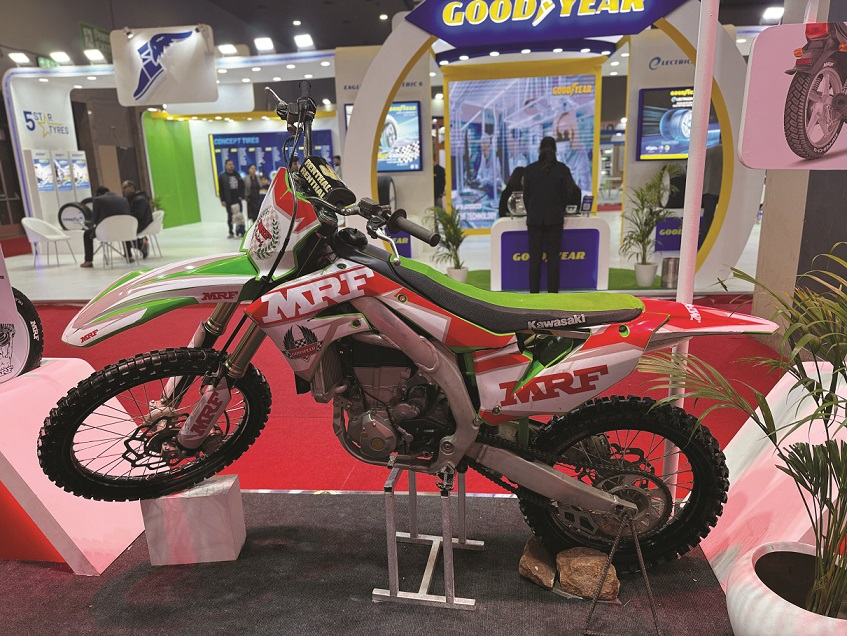
The company currently exports to 70 countries worldwide. When asked about exploring new regions, the executive highlighted, “We are always looking for new opportunities for growth. A key example is our dominance in rally racing. We have been European champions for two years, beating multinational competitors, and in Asia Pacific, we have been rally champions for nine consecutive years. These victories highlight our engineering excellence and performance capabilities, opening doors to further expand our brand presence.”
Another trend within the Indian tyre market is Tyre-as-a-Service. Commenting on whether MRF plans to foray in the segment, he said, “Tyre-as- a-Service currently accounts for less than a single-digit percentage of the overall business. The limited adoption is due to challenging operating conditions. While some companies initially ventured into this space, many later exited due to difficulties in scaling the model. We continue to monitor this segment and will assess its potential for expansion in the future.”
TALKING ROADBLOCKS
The official identified the rising prices of rubber as one of the largest problems facing the tyre industry. Mammen explained that raw material costs account for about 70 percent of tyre production costs. As crude oil prices increase, the cost of production also rises, which is further impacted by fluctuations in the rupeedollar exchange rate.
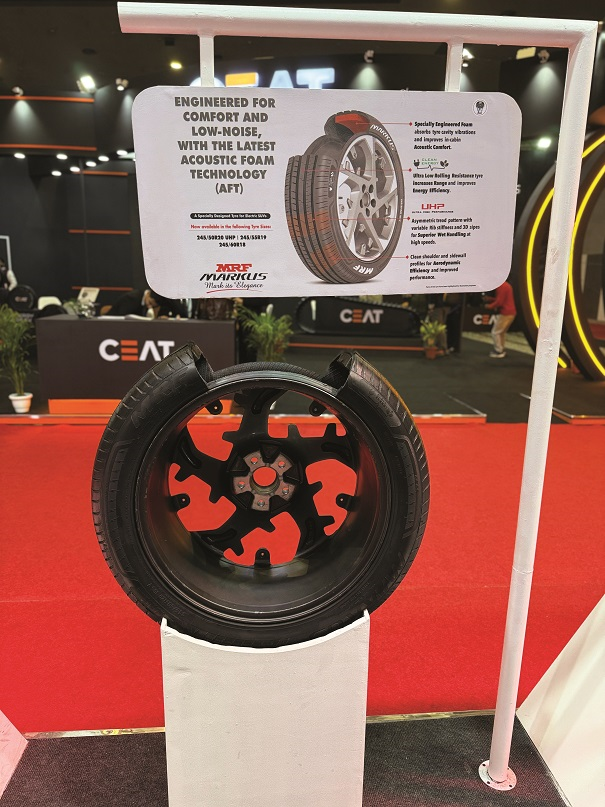 “The price of natural rubber has remained high for a while and this is a challenge for many tyre manufacturers including us. India does not produce enough natural rubber to meet domestic demand, so we rely on imports to supplement local supply. This dependency on imports means we are exposed to fluctuations in global rubber prices, which can impact our overall cost structure,” said Mammen.
“The price of natural rubber has remained high for a while and this is a challenge for many tyre manufacturers including us. India does not produce enough natural rubber to meet domestic demand, so we rely on imports to supplement local supply. This dependency on imports means we are exposed to fluctuations in global rubber prices, which can impact our overall cost structure,” said Mammen.
Despite the challenges, the company’s near-term research and development focus will involve both recycling raw materials and exploring green energy solutions such as energy and water recycling while also controlling wastage.
The company had made a Capex of over INR 21 billion in the previous financial year and nearly INR 7 billion in the first six months of the current financial year. These investments are directed towards areas with growth opportunities in truck, passenger and two-wheeler markets.
When asked about retail expansion, Mammen noted that there is always room for growth, both in expanding the dealer and retailer network and in online retail.
Sumitomo Rubber Restructures Top Management
- By TT News
- December 26, 2025
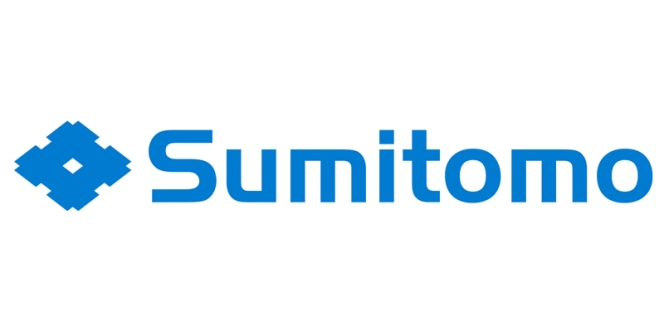
Sumitomo Rubber Industries, Ltd. has announced that its Board of Directors has approved a forthcoming change to its representative leadership at a meeting on 25 December 2025, pending formal ratification at the Annual General Meeting of Shareholders scheduled for 26 March 2026.
The shift is part of a planned reorganisation of the company’s management framework effective from that date. Under the new structure, current Director and Senior Executive Officer Yasuaki Kuniyasu is slated to be appointed as the new Representative Director, President and CEO. Concurrently, the present President and CEO, Satoru Yamamoto, is expected to transition to the role of Representative Director and Chairperson of the Board.
Yasuaki Kuniyasu, aged 56, began his career with the company in April 1992. His tenure includes significant leadership roles, such as General Manager of the Tyre Technology Headquarters and, from January 2023, General Manager of the Corporate Management Planning & Administration Department. He has served as a Director and Senior Executive Officer since March 2023 and held 8,400 shares in the company as of 30 June 2025.
This planned succession aims to establish a renewed executive team to guide the company forward under its new governance model.
Back-To-Back CDP 'A' Rating Cements Hankook Tire's ESG Leadership
- By TT News
- December 26, 2025
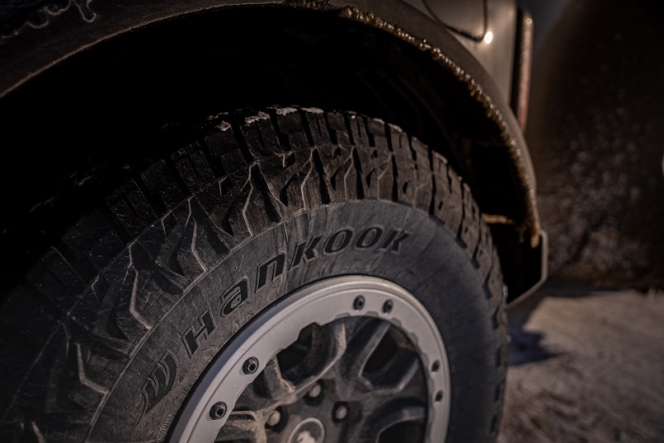
Hankook Tire has secured a top-tier ‘A’ rating from the Carbon Disclosure Project (CDP) in Climate Change category for the second year in a row, affirming its status as a global leader in environmental stewardship. The CDP assessment is among the world’s most authoritative benchmarks for corporate sustainability, evaluating governance, emissions reduction and transparency. Hankook’s achievement reflects its comprehensive approach to managing climate impacts throughout its entire value chain, from raw materials to end-of-life tyre management.
This recognition is underpinned by a robust, long-term strategy targeting net-zero emissions by 2050. In 2023, the company’s near-term 2030 goals and its 2050 net-zero ambition were formally validated by the Science Based Targets initiative (SBTi). Governance is central to this progress, with a dedicated Board-level Climate Change Committee ensuring climate risks and opportunities are integrated into core business decisions and that reduction progress is meticulously tracked and disclosed.
Operationally, Hankook is transforming its global production towards sustainable systems. It pioneered the International Sustainability & Carbon Certification (ISCC) PLUS in the tyre industry at its Geumsan Plant in 2021, a milestone since extended to facilities in Hungary and Daejeon. This establishes a certified framework for manufacturing sustainable tyres across consumer, original equipment and motorsport segments.
Complementing these efforts, Hankook is driving material innovation through strategic partnerships. The company is collaborating with firms like ROTOBOOST and Solvay to develop next-generation, low-carbon materials such as turquoise hydrogen-based carbon black and circular silica. It is also engaging in national research consortia to scale promising carbon reduction technologies. These initiatives are part of Hankook’s broader circular economy vision, branded E.Circle, which focuses on reducing fossil fuel dependence, conserving natural resources and systematically cutting carbon emissions.
Hankook’s leadership has garnered significant external validation. It earned the highest environmental accreditation from the Fédération Internationale de l’Automobile and was named one of the World’s Most Sustainable Companies of 2024 by TIME and Statista. Together, these accomplishments demonstrate how Hankook Tire is embedding sustainability into its corporate identity to build long-term value and industry-wide resilience.
GRI Tyre Wins Sustainability And Innovation Honours At Automechanika Dubai
- By TT News
- December 23, 2025
ULTIMATE GREEN XT tyre has won two awards at the Awards, receiving Sustainable Product of the Year and being Highly Commended in the Innovative Product of the Year category.
The awards were presented last week in Dubai and add to earlier recognition for the product, which received the Best Innovation in Sustainability award at in Chicago earlier this year.
The Sustainable Product of the Year and Innovative Product of the Year categories recognise products that demonstrate environmental responsibility and technological innovation in the global automotive and mobility industry. The judges cited the tyre’s use of environmentally friendly materials and its reduced environmental impact.
The ULTIMATE GREEN XT, identified by its green colour, has been developed with a focus on sustainability while maintaining performance, durability and safety standards. The Sustainable Product of the Year award reflects its contribution to more sustainable mobility solutions, while the innovation commendation highlights its design and engineering approach.
Automechanika Dubai is the largest international trade fair for the automotive aftermarket across the Middle East, Africa and South Asia, bringing together manufacturers, suppliers and industry leaders. Recognition at the event underlines the international profile of the ULTIMATE GREEN XT following its earlier award in the United States.
Barry Guildford, global commercial director of GRI Tires, said, “This recognition at Automechanika Dubai is a proud milestone for GRI. The ULTIMATE GREEN XT reflects our vision of delivering innovative tire solutions that support sustainability while meeting the evolving needs of our customers worldwide.”
GRI said it would continue to invest in research and development aimed at advancing sustainable tyre technologies, following the continued recognition of the ULTIMATE GREEN XT in international markets.
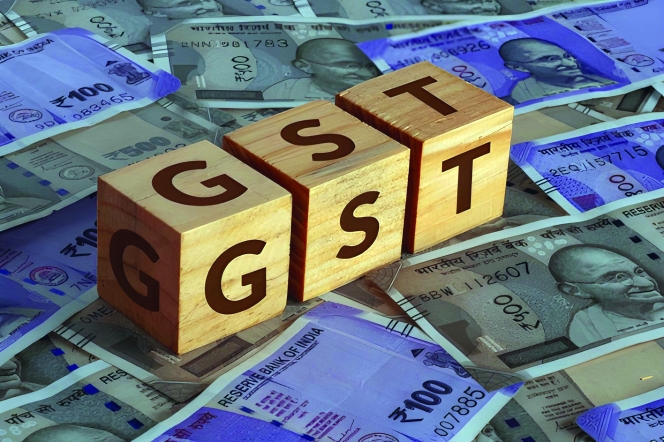
The rollout of GST 2.0 marks a defining moment in India’s economic journey – a reform that may well prove even more consequential than the original introduction of the Goods and Services Tax. Especially for a sector like tyres, the recent reduction in (GST) on tyres is far more than just a change in numbers. It is a transformative step that touches every wheel turning on India’s roads – from a farmer’s tractor to a trucker’s long-haul trailer and from a commuter’s scooter to a construction vehicle powering the nation’s infrastructure.
For years, tyres were taxed at 28 percent – the highest GST slab, clubbed with luxury and demerit goods. This categorisation never truly reflected the essential role tyres play in our everyday lives. Tyres are not a luxury. They are a fundamental enabler of mobility, supporting the movement of people and goods across cities, towns and villages. By bringing GST rates on tyres down to a more rational level, the government has addressed a long-standing anomaly and set the stage for widespread benefits across the economy.
The most visible impact of this move will be felt on the ground – literally. Lower GST means more affordable tyres for all users. Especially for transporters and fleet operators, tyres account for a significant chunk of vehicle running costs. A reduction in tax translates into lower replacement costs, freeing up working capital and improving operational margins. Farmers, small traders, delivery personnel, service providers, transporters – every segment that relies on mobility will feel this relief.
India has been working hard to bring down logistics costs, which are believed to be about 13–14 percent of GDP – much higher than global benchmarks. Tyres have a direct bearing on vehicle operating efficiency, fuel consumption and maintenance schedules. When tyres become more affordable, operators can replace tyres on time, and run vehicles more efficiently.
This naturally leads to lower logistics costs. Reduced logistics costs ripple across the value chain, helping industries move goods faster and at lower cost. This aligns perfectly with India’s ambition to become a more globally competitive manufacturing and trading hub.
Tyre industry’s story is not just urban – it’s deeply rural as well. Tractor tyres, power tiller tyres and tyres for animal-drawn vehicles are integral to the agricultural economy. A reduction in GST brings meaningful relief to farmers and small cultivators who rely on these tyres for their daily operations. By easing this cost, the government has extended direct support to rural mobility and agricultural productivity – an often underappreciated but critical outcome of this reform.
One of the most powerful yet often overlooked impacts of this decision lies in road safety. Worn-out tyres are a major cause of road accidents, particularly on highways. High replacement costs often lead to tyres being used well past their safe life.
With lower GST making new tyres more accessible, both individual motorists and commercial fleet owners are more likely to replace tyres on time, keeping vehicles safer and reducing accident risks. This complements the government’s broader road safety agenda, making highways not just faster but safer for everyone.
For the Indian tyre industry, which is one of the largest in the world, this reform is a game changer. It creates a more balanced tax structure, supports better cash flow, improves compliance and strengthens the competitiveness of domestic manufacturers. It will also encourage investment and capacity expansion, enabling the industry to serve growing domestic demand and tap export opportunities more effectively.
The GST reduction on tyres is a strategic, forward-looking policy decision that will benefit the entire mobility ecosystem. It acknowledges the essential role tyres play – not just as a product, but as a critical enabler of transportation, logistics, rural livelihoods and road safety.
As this reform takes root, its positive impact will be felt by consumers, businesses, farmers and industries alike. The tyre industry, represented by ATMA, welcomes this move wholeheartedly and remains committed to working alongside the government to strengthen India’s journey towards affordable, efficient and safe mobility for all.
The author is Director General of the New Delhi-based tyre industry association, Automotive Tyre Manufacturers’ Association (ATMA).The views expressed here are personal.


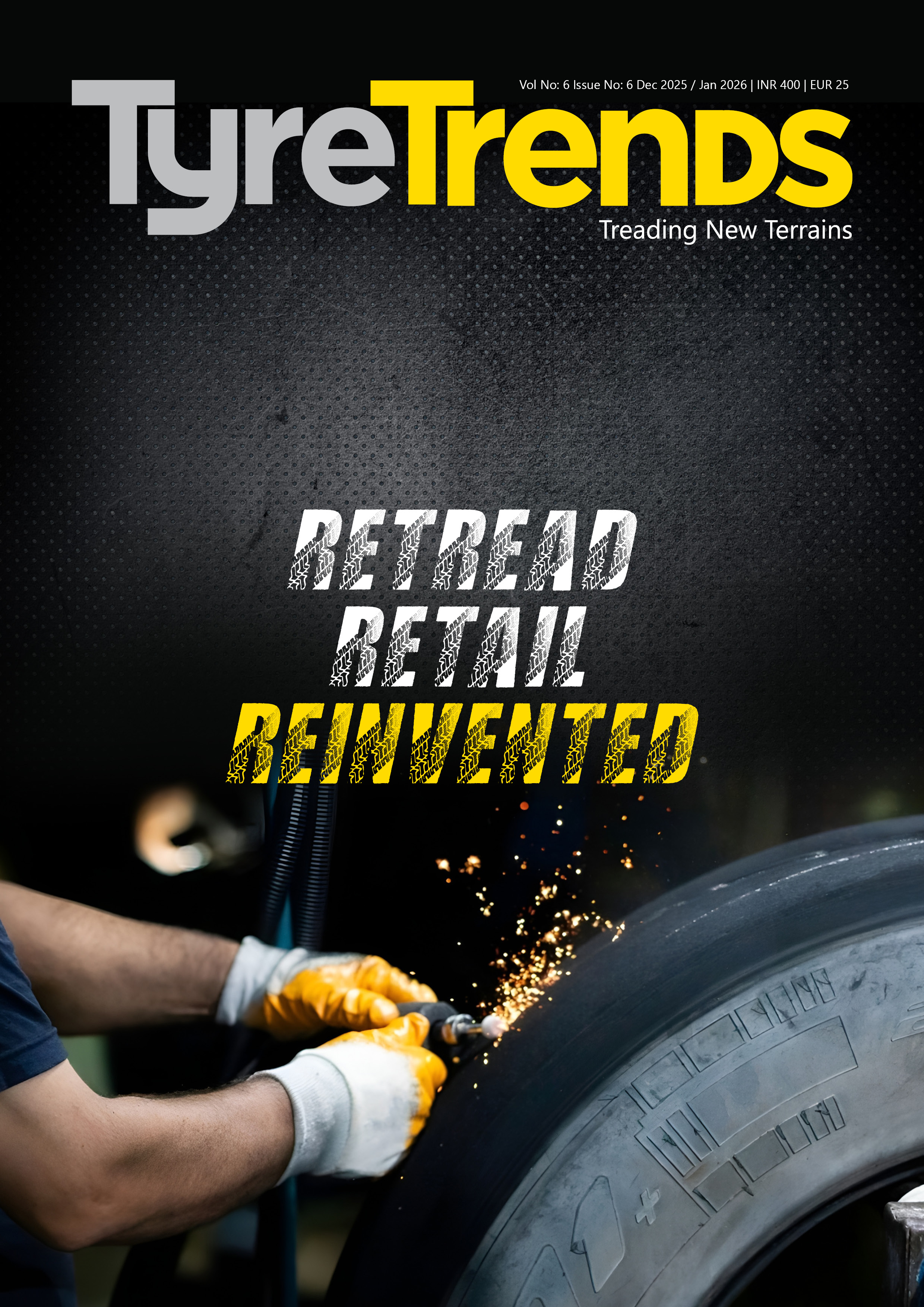
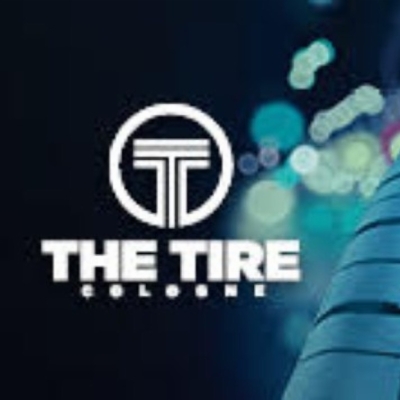
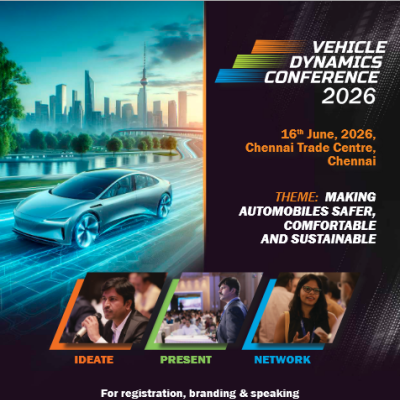

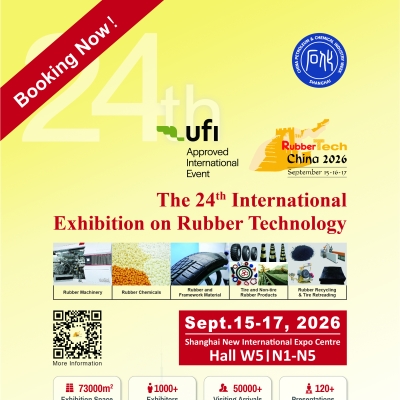
Comments (0)
ADD COMMENT